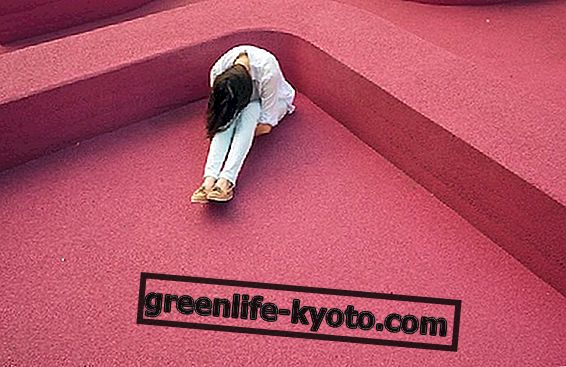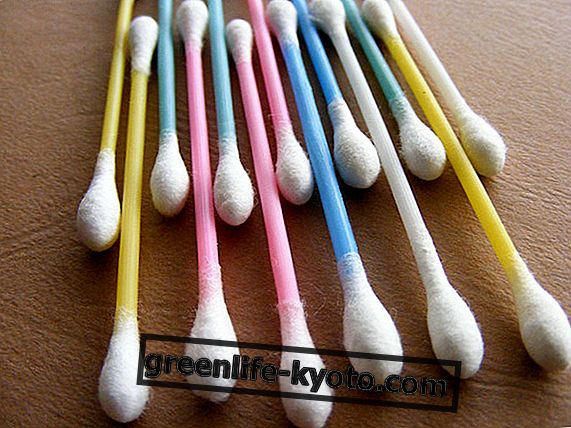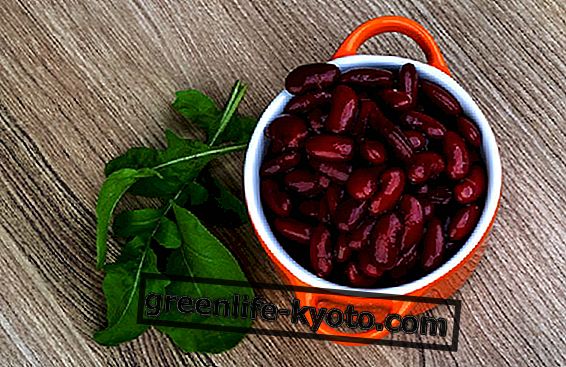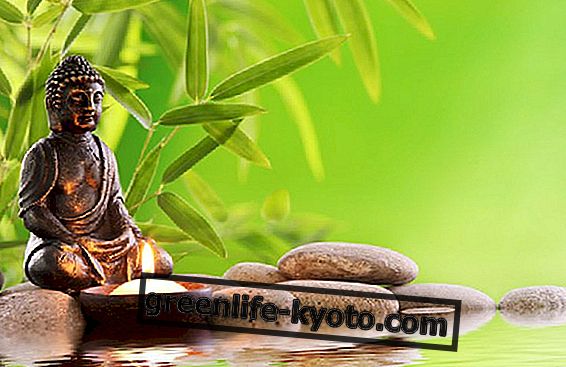Pink salt is a pure salt that is extracted in the Himalayas, useful for the well-being of the organism because it is rich in trace elements . Let's find out better.
>

Description
The most well-known and used pink salt is that of the Himalayas . It is a natural, untreated and unrefined rock salt that is extracted on the slopes of the Himalayan range, in geological strata where a vast ocean was located in the secondary era (200 million years ago).
For this reason it is considered the most precious and the most complete and pure of salts . It is the remnant of the primordial ocean that has dried up with the formation of the Himalayan mountain range, so it is well to say a fossil salt, the result of an era in which the oceans were not polluted.
Its particular pink color derives from the high concentration of minerals and trace elements, such as iron and copper. There are other types of pink salt on the market, such as Peruvian rose salt and Australian salt, which will be discussed later.
Properties and benefits of pink salt
Due to its particular origin, pink salt has absorbed substances that other salts do not have. The common sea salt first of all suffers from the current pollution of the seas, and is also treated with chemical anti-agglomerates to prevent it from hardening when it absorbs moisture.
Himalayan salt, on the other hand, is the purest of salts because it is simply extracted and washed, without being subjected to any refining treatment.
A precious purity that gives rise to crystals rich and of different shades, which contain in the right proportions the mineral salts and the trace elements we need: copper, iron, a low sodium content and a good dose of antioxidants, for example. It is a quickly assimilable salt in the intestine, so it is valuable to restore balance and remove waste.
Also discover the use of salt in the kitchen

Use in the kitchen and beyond
Pink salt is preferable to common salt also in the kitchen. It has a very delicate flavor and is suitable to accompany and enhance the flavor of foods. Add it to the end of cooking in the soups, dose it on the green or mixed salads and on the boiled or sautéed vegetables. Excellent preservative, the best food industries prefer it to traditional salt for the preparation of fine products of medium and long term. Not only used in the kitchen, but also for cosmetics and body care.
It is an excellent disinfectant and for this reason it is ideal for hydrosaline preparations to be used in the treatment of disorders such as colds, dermatitis, conjunctivitis, warts . This precious salt can be used for skin care : its grains rubbed directly onto the skin exert a deep natural peeling action, eliminating dead cells. Dissolved in bath water, it helps to firm and tone, improves circulation and helps fight cellulite .
All the properties can also be tested by placing the pink salt in soft sponge cushions which, if lightly heated and placed on the painful area, give an immediate and lasting benefit.
With pink salt you can also make lamps: the pink salt lamps, lit and heated by the bulb inside them, emit negative ions that compensate for the electrostatic air. Moreover, the color of pink salt gives a very pleasant amber light, very relaxing and enveloping.
Curiosities on pink salt
There is not only the pink salt of the Himalayas, as mentioned above. Here in fact is the Australian pink salt Murray River, a salt harvested in the Murray basin. Salt from a river?
The question is legitimate, but it has its explanation: the Murray is the main Australian river and the water, during the journey, collects the mineral salts it carries up to the mouth. Here, thanks to the evaporation ponds and thanks to the arid climate, light and crunchy pink salt flakes are formed. The presence of red algae, rich in carotene, is the cause of the delicate pink peach color . Excellent in the kitchen, it is recommended for all types of dishes.
The Rosa Sale of Peru is instead a very ancient salt, whose origins are intertwined with the legends of the Inca people. The most fascinating feature of this salt is the extractive method: despite being Maras, the point from which it is extracted, a place at over 3000 meters high, is still a sea salt.
A salt water basin is located just below this village whose inhabitants have to do nothing more than dig small puddles, to bring out the salt water and extract this incredible salt.
The reference book : "The salt of the earth. Images and stories dedicated to salt. The sweet salt of Cervia." Guaraldi M. curator, Guaraldi editions.













